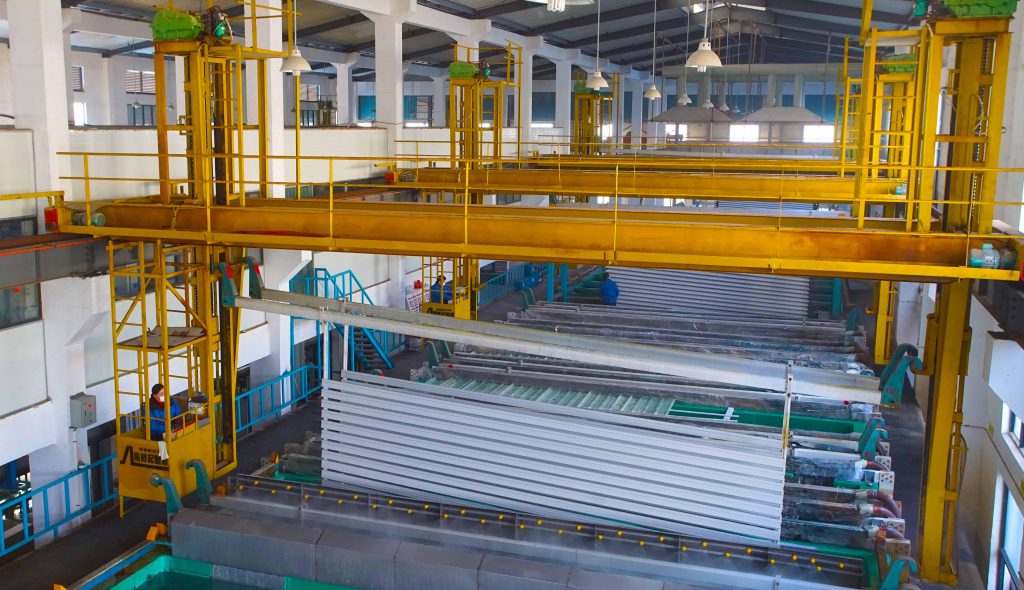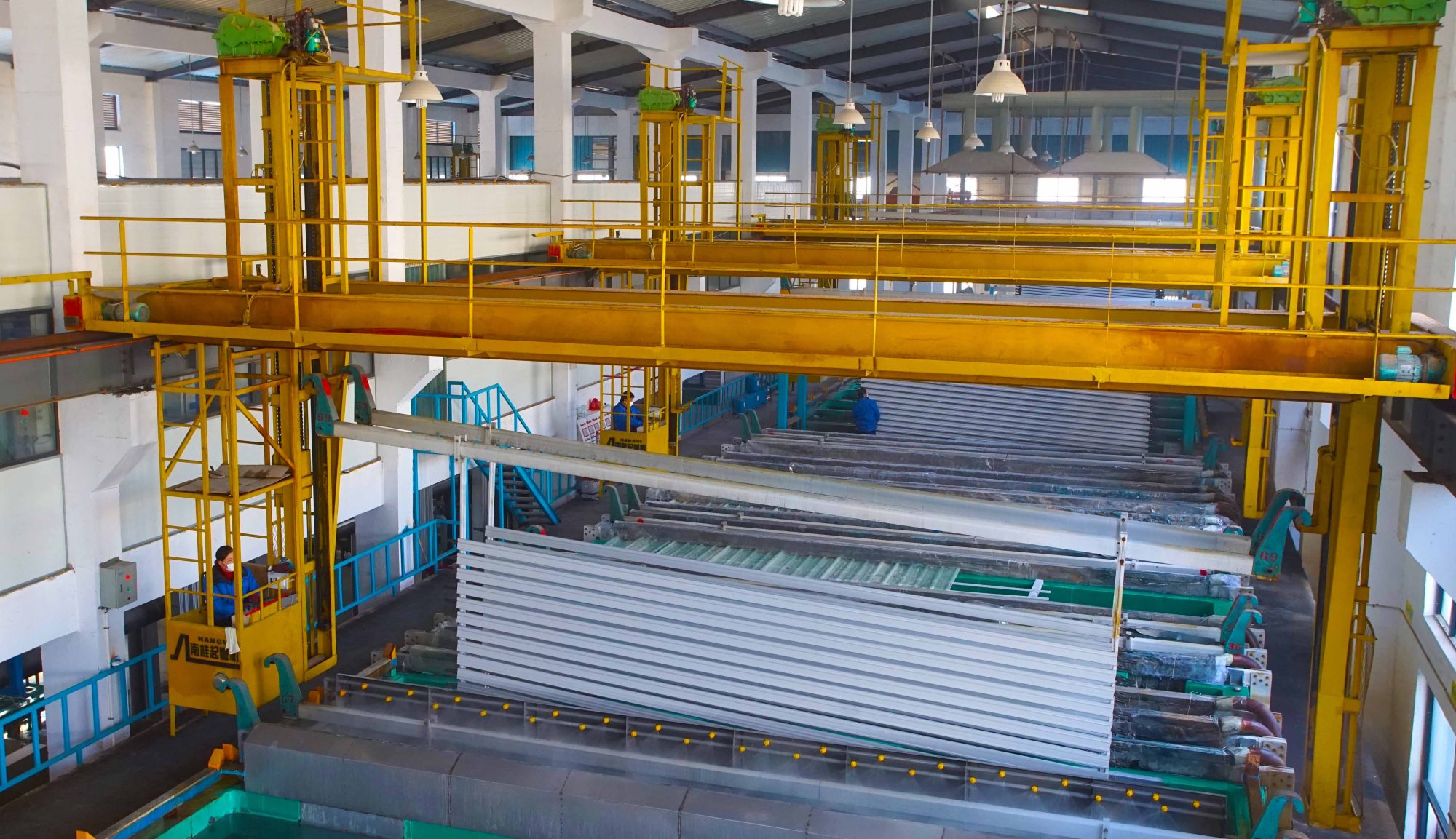The Future of Aluminum: Surge in Recycled Aluminum and its Global Impact
Aluminum is a cornerstone of modern industry, prized for its versatility, light weight, and durability. From automotive and aerospace applications to construction and consumer goods, aluminum’s significance cannot be overstated. In recent years, a transformative shift has been occurring in the aluminum industry: the rise of recycled aluminum. This trend is not only reshaping the market dynamics but also driving sustainability efforts globally.
Drivers of Increased Scrap Aluminum Purification Capacity
One of the primary catalysts for the surge in recycled aluminum is the rising price of aluminum itself. Higher prices have incentivized recyclers to actively seek out more sources of scrap aluminum. This economic push is promoting the expansion of scrap aluminum purification capacity, which is expected to increase significantly by 22 million tons per year over the next five years, according to Jorge Vazquez, managing director of Harbor Aluminum.
Moreover, primary aluminum smelters are facing cyclical profitability challenges due to soaring energy and raw material costs. These smelters are also under increasing pressure to reduce emissions, making recycled aluminum a more attractive option. Recycled aluminum not only offers lower production costs but also consumes less energy, contributing to a reduction in carbon emissions.
Regional Focus: China’s Recycled Aluminum Industry
China has been at the forefront of the recycled aluminum expansion. Harbor Aluminum forecasts that China’s net recycling output will grow by approximately 6.3 million tons over the five years leading to 2026. Despite this growth, many recycling plants in China are still operating below their full capacity, indicating significant potential for future expansion. This underscores the massive growth opportunities within China’s secondary aluminum market.
The U.S. and Global Trends in Recycled Aluminum
The trend towards recycled aluminum is not limited to China. In the United States, the share of recycled aluminum in the total unwrought aluminum supply is projected to rise from 45% in 2015 to an impressive 67% by 2026. This shift reflects a broader global reliance on recycled aluminum, which is expected to play an increasingly critical role in stabilizing aluminum prices and promoting sustainability in the industry.
The global aluminum market is poised to benefit from this expansion in secondary aluminum supply. As production costs and energy consumption decrease, the industry can achieve significant carbon emission reductions, driving a green transformation. This sustainable shift is essential as industries worldwide strive to minimize their environmental footprint.
Challenges in the Recycled Aluminum Market
Despite the optimistic growth projections, the recycled aluminum market faces several challenges. Chief among these is the supply of scrap aluminum. Ensuring a steady and sufficient supply of scrap aluminum to meet the growing demand is crucial. Additionally, improving the efficiency of recycling and processing technologies will be essential for the future development of the secondary aluminum market.
Innovations in recycling methods and enhanced processing technologies will be pivotal in addressing these challenges. By improving efficiency and ensuring a consistent supply of scrap aluminum, the industry can continue to expand and meet the rising demand.
Conclusion
The shift towards recycled aluminum marks a significant transformation in the global aluminum industry. Driven by rising prices, profitability challenges for primary smelters, and the push for sustainability, recycled aluminum is poised for substantial growth. While challenges remain, the potential for innovation and expansion is vast.

